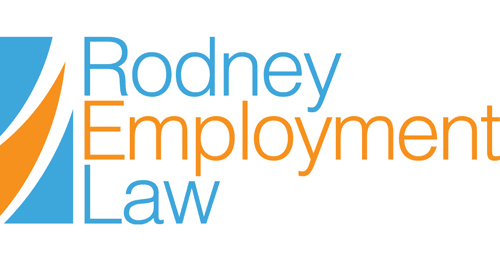Emerging from recent trends surrounding gender-based wage disparity, Ontario’s new Pay Transparency Act, 2018 (the “Act”) is set to come into force on January 1, 2019. This Act aims to provide transparency within workplaces as it relates to compensation by:
- prohibiting inquiries within the recruitment process regarding compensation history;
- requiring full transparency of salary ranges in job advertisements; and
- for larger employers, mandatory annual compensation reporting.
Furthermore, the Act contains a number of anti-reprisal measures to protect employees from retaliation from an employer based on multiple criteria. Employers deemed to have contravened the Act will be subject to investigation by compliance officers and potentially impose monetary penalties.
Although Ontario will be the first province in Canada to enact such legislation, similar legislation has been enacted in the United States, United Kingdom and Australia.
Summary of Key Legislative Changes:
Compensation History
Employers will be prohibited from inquiring about a job applicant’s compensation history information. However, whether this will prohibit employers from asking about a potential candidate’s specific salary expectations has yet to be clarified.
It is important to note that an applicant can voluntarily, without prompting, disclose compensation history information to an employer or an employer’s agent (i.e. recruiter or other third party acting on behalf of the employer). Where an applicant has made a disclosure of compensation history information nothing prohibits the employer from considering or relying on such information in determining compensation for the applicant.
Job Advertisements
Employers that publicly advertise job openings will be required to disclose information about the expected compensation or range of compensation for the position. Specific parameters regarding the breadth of the range have yet to be defined.
In reference to job advertisements, the Act only applies to postings aimed towards the general public and does not include recruitment campaigns, general help wanted signs or internal job postings.
Reporting
Under the reporting section of the Act, employers with 100 or more employees will be required to prepare an annual “Pay Transparency Report” outlining information regarding the employer, its workforce composition and differences in compensation with respect to gender and other prescribed characteristics, which have yet to be defined. Employers will be required to post the Report online or in a public location within the employer’s workplace, along with submitting the Report to the Ministry of Labour by May 15th of each year commencing on:
- May 15, 2020 for employers with 250+ employees; and
- May 15, 2021 for employers with more than 100 employees to 250 employees.
Anti-Reprisal
The Act imposes significant anti-reprisal measures in an effort to ensure that employees will be protected from reprisal. As such, no employer or person acting on behalf of an employer shall intimidate, dismiss or otherwise penalize an employee or threaten to do so because the employee has:
- made inquiries to the employer about the employee’s compensation;
- disclosed their own compensation to another employee;
- made inquiries about a Pay Transparency Report, or about information contained in such a Report;
- given information about the employer’s compliance or non-compliance with the requirements of this Act or the regulations to the Ministry; or
- asked the employer to comply with this Act or the regulations.
Enforcement
Compliance Officers will be appointed with the power to enter workplaces, without a warrant, to conduct a compliance audits, perform an inspection or investigate a possible contravention of the Act.
Ultimately, if a Compliance Officer believes that an employer has contravened a provision of this Act or the regulations, the Compliance Officer may issue a notice a monetary penalty for the contravention. However, penalties for contravention of the Act have still yet to be defined.
Next Steps
The first step is to ensure that all compensation-related policies within your organization are updated to reflect the upcoming legislation. You will need to formulate communication and training for your staff.
Next, you will need to conduct a thorough compensation review for positions within your company to identify any compensation gaps based on gender and adjust compensation to comply with the legislation.
Finally, for organizations with greater than 100 employees, you will need to submit the required Pay Transparency Reports to the Ministry of Labour by May 15th of each year.
If your organization requires assistance either implementing Pay Transparency policies or preparing the mandatory Pay Transparency Reports, please feel free to reach out to us for further assistance.
Disclaimer: This overview is intended for educational and non-commercial purposes only and is not intended to be a source of legal advice to any person in respect of any particular legal issue; it does not create a solicitor-client relationship with any readers. If you have a legal issue or possible legal issue, please contact us directly.
